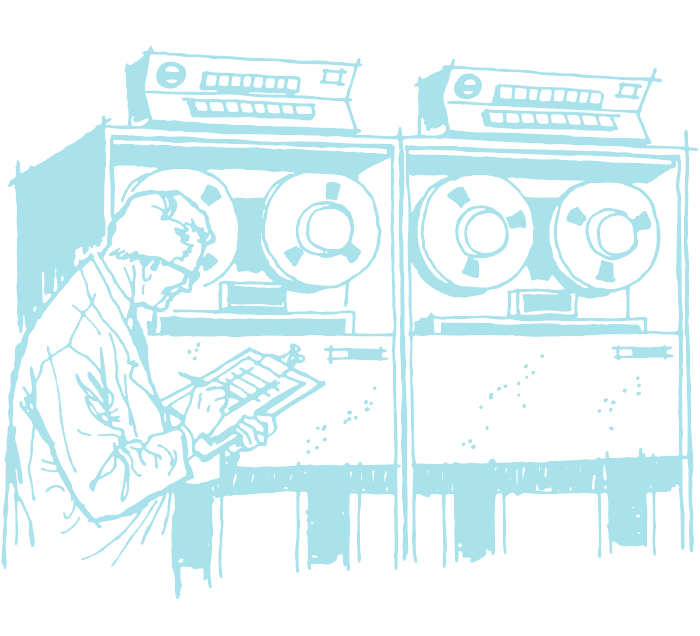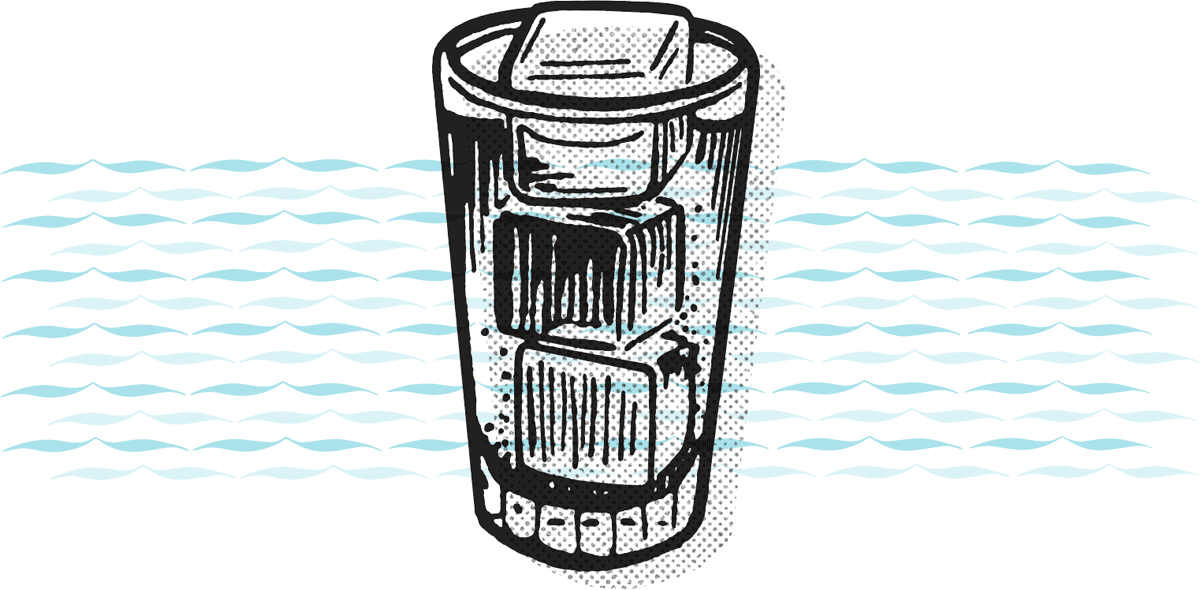The Affordability Problem
Two related, but distinct, problems characterize the term “water affordability”:
Poverty. Many people in the United States have low amounts of income and no or negative wealth. This makes it difficult for them to afford their household expenses, including rent, food, and water utility bills.10 In addition to their inability to pay, poor people who have bad credit scores are often seen as risks to utilities, which force them to pay high deposits or sometimes even deny them water service altogether.11

Public Disinvestment. Despite overall water consumption decreasing,12 people’s water bills are getting more expensive, in part because of decades of federal disinvestment from public infrastructure. Federal spending on water has dropped steadily since the 1980s.13 Utilities’ costs have risen, in part because of climate change,14 and those costs are passed on to the public through increasing rates.15 Private utilities, which serve about 20 percent of the population, exist to make a profit and have higher water rates than public utilities.16 As federal spending on water has fallen, private water utilities have been on the rise. From 2010 through 2020, just 12 large, for-profit water companies acquired 353 water utilities at a total cost of about $5.8 billion.17







